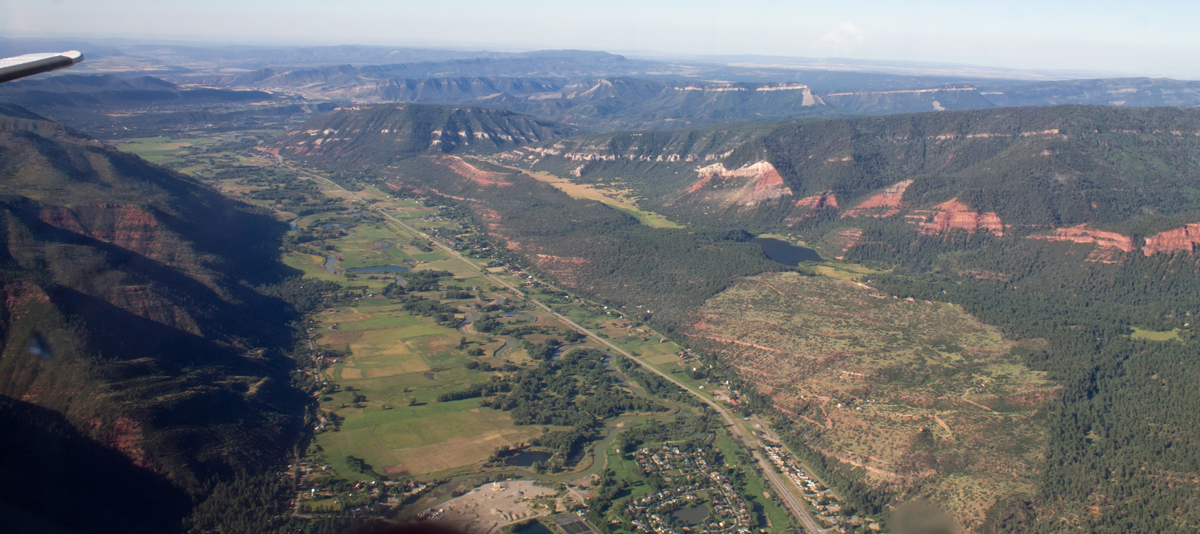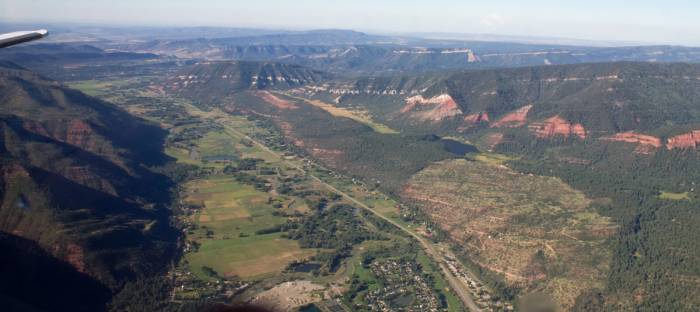[leadin]When the Tang-orange plume of acidic water and heavy metal-laden slime blasted out of a mine in southwest Colorado’s San Juan Mountains on August 5th, tore through Cement Creek in Silverton, ran into the Animas River and, finally, the San Juan River some 100 miles downstream, it may have seemed like a pristine mountain stream was forever sullied.[/leadin]
That’s not really the case. The Animas River, as clear and clean as it may have looked just prior to the spill, lost its pristine status many years ago, soon after Anglo settlers converged on the region in the 1870s and started tearing up its mountains in search of gold and silver. Since then, the Animas and the San Juan, into which it runs, have been repeatedly battered and abused by the humans who rely on them.
The mining industry was probably the most persistent abuser of the watershed. First, there were the tailings dumped in the river, then the billions of gallons of acid mine drainage that have poured from mine adits into streams and, ultimately, into the Animas over the decades. Even after it left the region, the industry continues its abuse: Before the Gold King mine blew 3 million gallons of orange spooge into the watershed this month, it had been discharging similarly tainted water at a rate of 50 to 250 gallons per minute, or more than 100 million gallons per year, into Cement Creek.

But hardrock mining is only one of the watershed’s abusers. The Animas runs right through one of the nation’s most prolific natural gas fields, and coalbed methane wells are common on its shores. The San Juan’s muddy waters flow between two gargantuan coal-fired power plants before passing through uranium mining country and the Aneth oil field. As Dan Olson, director of the conservationist group San Juan Citizens Alliance, told journalists as they flew over the river a few days after the spill: “This is an industrialized landscape.”
It’s not just industry, either. This landscape has also been farmed, grazed and urbanized. More and more people move here every year and put more demands on the rivers, and more stuff into them.
In fact, nutrient loading and bacteria levels are so high on the Animas and San Juan in northwestern New Mexico, that Dave Tomko, with the San Juan Watershed Group, was downright blasé about the orange plume moving toward his community. He figured that naturally high pH levels in the San Juan, along with extra releases from Navajo Reservoir upstream, would buffer the impacts of the acidic plume.
Tomko’s major concern was for crops that would go thirsty as irrigation intakes were shut down. As far as the plume’s toxic impact, though, he said: “We’ve got bigger issues than this.”
Perhaps the orange plume’s silver lining will be waking people up to the value of their rivers, and to all the ways they’re threatened every day.
–This article originally appeared in High Country News, HCN.org. Jonathan Thompson is a senior editor.







